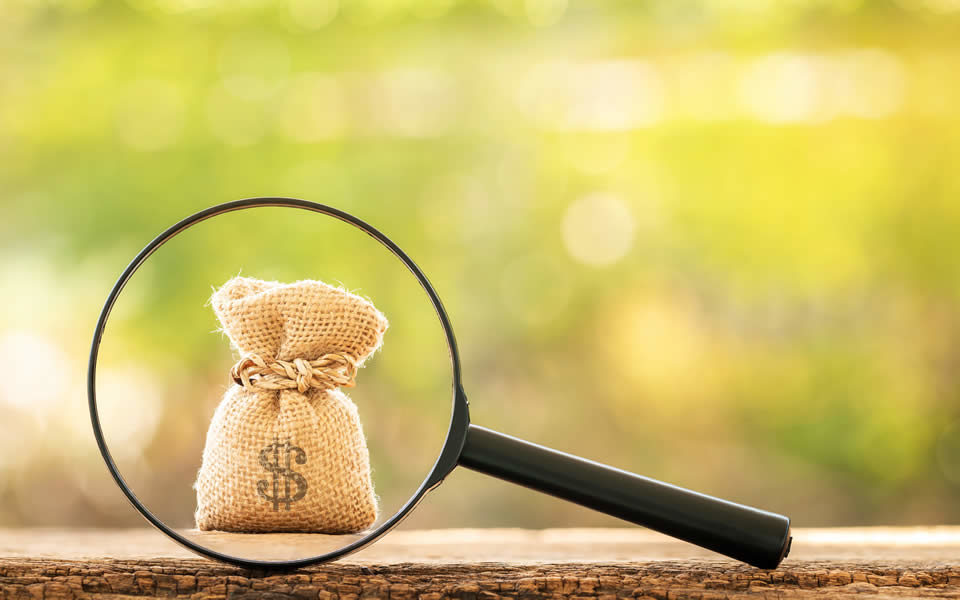In forensic accounting, whether litigation is contemplated or not, the key to the most reliable conclusion is starting with accurate and complete information. Under the best of circumstances, the primary source of this information is your client. As a known entity, a client is more likely to be accommodating and to fulfill your request in a timely manner. Requests of clients can be informal, and often multiple conversations can take place to ensure you receive exactly what you need.
On the other hand, when the person or entity you are requesting from is an adversary, there is little incentive for cooperation. Opposing parties tend to be very literal, providing only the specific items asked for, or objecting due to lack of possession or control. In addition, in most cases, the request must go through legal counsel (both sides) and be infinitely precise. Of necessity, this may lead to requesting some documents from third parties such as banks, lending institutions, tax preparers, or businesses in custody of the needed information.
Examples of the discovery avenues available in forensic accounting and litigation cases include requests to produce, interrogatories, depositions, subpoena duces tecum (with or without deposition), and letters of authorization.
Request for Production of Documents
Written requests for documents are generally from one named party in a case to another. Written information must be available; the respondent is not required to create a document for the response. If the requested information does not already exist, the respondent may simply state that. The requesting party should be mindful of the wording, time frames, and catch-all items. If you know of specific bank accounts, include account numbers, title holders, and possibly a reference to where you saw a transfer or copy of a check from such an account. After listing all accounts known, ask for all accounts open during the requested timeframe, whether or not they are still open, as a catch-all for any new accounts opened or old accounts closed since the last discovery provided. Ask for all versions of documents, which may include drafts, amendments, revisions, and extensions.
Interrogatories
Interrogatories are written questions formally put to one party by another party and which must be answered. Under FRCP Rule 33 (in federal matters and where state courts follow the federal rules of evidence), unless otherwise agreed to, each party may serve up to 25 written interrogatories with a turnaround time of 30 days in which to answer. This gives the respondent time to research, gather, and prepare complete answers. This is where it is permissible to ask for lists of items that may (or may not) already exist. The answers may lead to additional requests for documents.
Depositions
Depositions are sworn testimony under oath, which may be directed to parties or non-parties to a case. A deposition is a verbal line of questioning which the deponent must answer honestly, on the spot, without specific preparation. Unlike interrogatories, the deponent must answer from memory or based on exhibits presented to them during the deposition. This is useful to preclude the deponent from conferring with counsel, business partners, or others to corroborate a story in line with their motives. Deponents are often prepared for the deposition and may have anticipated certain lines of questioning.
Subpoena Duces Tecum
A subpoena duces tecum for discovery purposes is used to request documents and deposition testimony from non-parties to the litigation. Examples of subpoenas would go to banks, lending institutions, employers, business partners, and custodians of business records where the parties do not have controlling ownership interests. It helps to be precise where you know exact details of assets, including account numbers and title holders and to include a broad, overarching catch-all for “all additional assets in the name of [subject interest] for the requested time period.” This may produce additional documents you may not already be aware of. Depending on the circumstances, the subpoena might require the recipient to appear in order to explain and authenticate the documents being produced.
Letter of Authorization
When one party is not in possession of records, but both sides agree they will be necessary in the case (e.g., bank statements and credit card statements), a letter of authorization can be provided from the account title holder to the bank or other financial institution authorizing the requested records to be produced directly to the requesting party. This route is typically a less expensive option than a subpoena duces tecum.
Public Record Searches
Most states and counties make public records available to search online. Business associations including registered agents, managers, and directors are on some state Division of Corporation websites. Real estate ownership, deeds, construction commencements, and mortgages can be found on county property appraiser websites. Civil and criminal legal case dockets are on the clerk of courts websites. There are paid software programs and subscriptions available for mass public record searches across multiple states and counties using names and birthdates, but these searches can be done individually for free, in some circumstances. The results may lead to additional areas of investigation or put questions of ownership, liabilities, or misdeeds to rest.
Using these different discovery tools, the forensic accountant has a greater chance of getting complete and accurate information with which to perform the analysis and reach a conclusion to assist the finder of fact (often a judge or jury, but sometimes an arbitrator.) Generally, expert opinions are admissible in court proceedings, allowing the expert to “assist the finder of fact.”
With thousands of pages of discovery, the forensic accountant’s greatest challenge is determining if the information is complete and accurate. If receiving the same information from more than one source, are the documents identical, with the same page numbers, signatures, and dates? Comparison of information of various types from different sources can assist in determining the accuracy of various declaration, submissions, and alleged facts.
Some aspects of these comparisons may include:
- Income and sources of funds being deposited into bank accounts
- Account numbers referenced in transfers
- Identification of the person or entity and account number on each check being deposited
- Reconciliation of salaries deposited to Forms W-2 and 1040
- Reconciliation of business profit distributions deposited to the Schedule K-1s from each business
When reviewing expenditures, can the forensic accountant determine how obvious and typical bills are paid? For example, if the subject interest owns real estate, are the annual property taxes and monthly utility bills being paid from account statements provided? If the records include rent expense, is there a copy of a lease agreement? Are there more credit card accounts provided than are being paid or payments to credit card accounts for which no records exist?
These are a few investigative questions that may be helpful to a forensic accountant when reviewing what has been received to come to the most informed conclusion for the client and, ultimately, the finder of fact.









